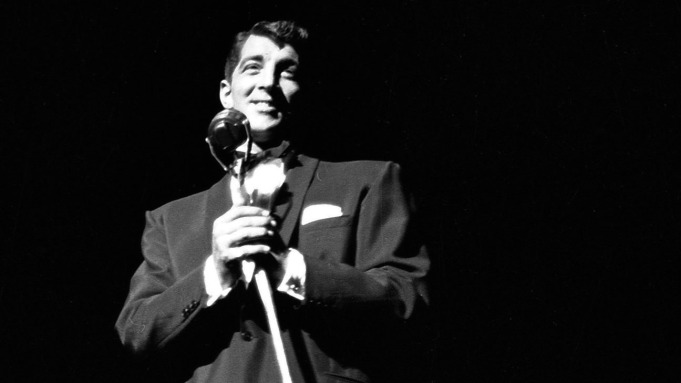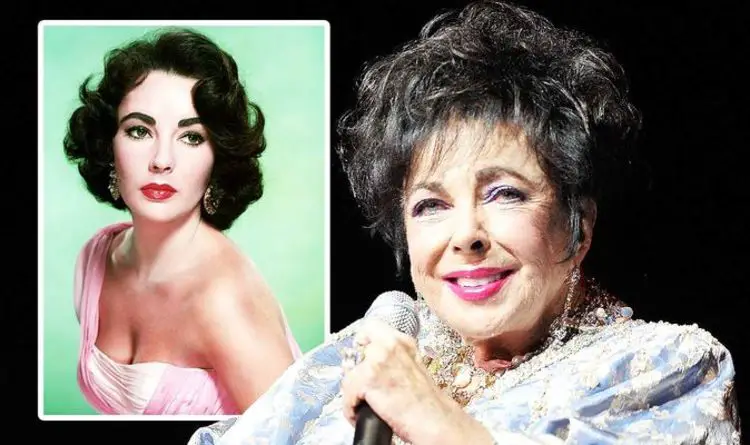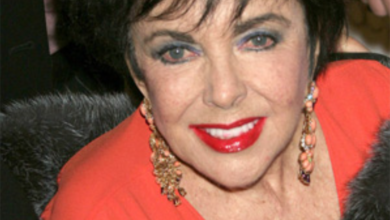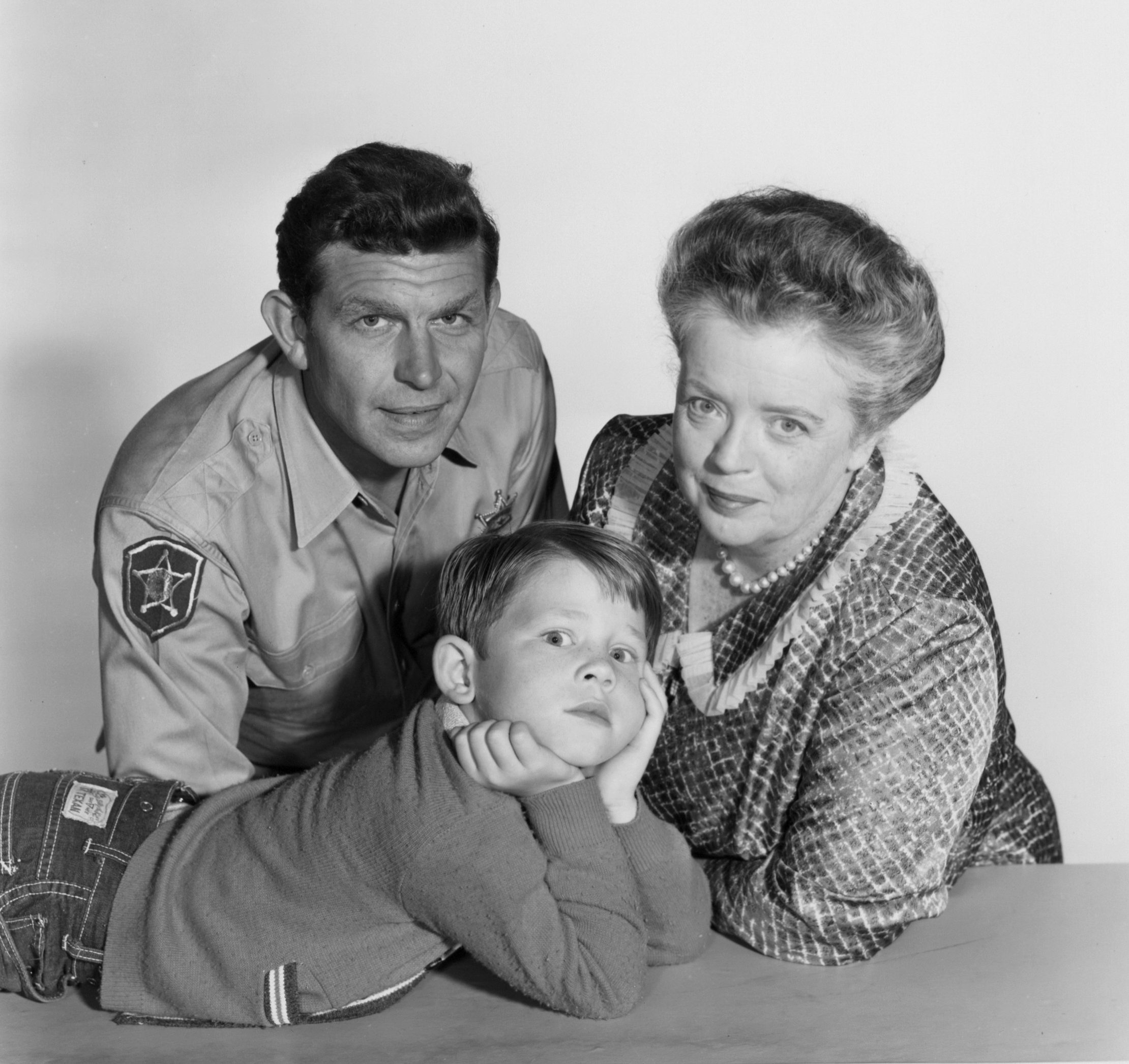‘Dean Martin: King of Cool’: Film Review
Tom Donahue’s documentary celebrates the ultra-laidback, ultra-elusive megastar of nightclubs, records, movies and television.

A crooner of hits, an accomplished film actor, a longtime TV host and a comedy straight man extraordinaire — Dean Martin made it all look exceptionally easy. For friends and family alike, to love Martin was easy; to really know him was another matter. That dichotomy drives Tom Donahue’s affectionate and incisive documentary portrait of the fabulously famous and intensely private star.
The film’s new interviews encompass a who’s who of postwar American showbiz — making it a perfect fit for TCM, where it will air Nov. 19, a few days after its DOC NYC premiere. Scholars and authors weigh in, their comments discerning, and a couple of musicians representing a younger generation, RZA and Josh Homme, offer their admiring appraisals as fans. Somewhere between Homme’s observation that “when Dino sings, I can hear him smiling” and Norman Lear’s recollection of a man who was “mesmerizing in his complication,” Donahue sets out in search of the formative memory that made Martin tick. Asking “What was his Rosebud?,” he stumps nearly everyone he asks.
Some of the most endearing and eye-opening memories shared in the film revolve around the star-studded parties that Martin and his second wife, Jeanne Biegger, regularly threw at their Beverly Hills home. Henry Jaglom once found the host alone in his den, escaping the festivities to watch The Andy Griffith Show. Bob Newhart and George Schlatter separately relate that Martin, pretending to be a neighbor, would call the police to complain about the noise, a successful way of getting everybody to go home without having to ask them himself.
Donahue lets clips of Martin performing speak for the star, who’s heard briefly in voiceover and seen in a late-in-life interview, clearly shattered by the death of his son Dean Paul in a plane crash at age 35. As for the new interviews, what at first feels like a surfeit of talking heads proves exceptionally well-edited by Donahue, who homes in on keen insights.
For his generally well-chosen collection of sit-downs, Donahue spoke with actors, writers, singers and dancers who worked with Martin, respected and adored him — among them Angie Dickinson, Tommy Tune and Carol Burnett. For some, now deceased, their interviews here might have been among their last (Florence Henderson, Regis Philbin and Lee Hale, music director of The Dean Martin Show). An interview with one of Martin’s five surviving children, Deana Martin, is woven throughout the doc and grounds it in the sense of family that becomes a defining thread. That she serves as an executive producer here (as does her husband, John Griffeth) surely accounts, at least in part, for that narrative slant (Martin’s philandering, for example, whether occasional or chronic, is dealt with more by implication than directly).
Not everyone is a natural fit, though. Putting aside how distracting Alec Baldwin’s presence is in light of recent events, we certainly don’t need him to tell us that Martin and Lewis “were huge.” Jon Hamm is on hand, presumably for his Don Draper cool-guy factor as a tie-in to Martin’s midcentury heyday. His comments about Martin are hardly crucial, but in a creative twist that combines factoids and nuance to underscore the doc’s themes, Donahue has him read from a poem about the star, Mark Rudman’s “The Secretary of Liquor.”
The film concisely traces Dino Paul Crocetti’s rise from working-class Steubenville, Ohio, to top-of-the-world glamour as Hollywood royalty. His father was a barber and his mother a seamstress, and he grew up in a tight-knit community of Italian immigrants, not speaking English until he was 6 — factors that culture critic Gerald Early brings into illuminating perspective, especially when addressing Martin’s skepticism toward politics when his fellow Rat Pack members were gung-ho for JFK.
After trying his hand at coal mining, card dealing and boxing, he turned to singing, his relaxed but precise style inspired by Bing Crosby and the smooth-as-silk harmonies of the Mills Brothers; Donahue includes a delightful TV clip of him in later years performing with the quartet.
It was the groundbreaking anarchy that he and Jerry Lewis brought to the nightclub circuit, beginning with a July 1946 performance at Skinny D’Amato’s 500 Club in Atlantic City, that not only put them both on the map but turned them into superstars. With their mix of music and mayhem, one debonair and the other a manic child, Martin and Lewis became the highest paid act in showbiz; as one headline blared, “Crackpots Hit Jackpot.”
In audio clips, Lewis professes that Martin, 10 years his senior, “was like a brother, a father, a friend.” But, after a decade of work in clubs and movies, their love would famously end in acrimony. It was “a pretty open war,” as Dickinson puts it, and Lear provides searing observations on how Lewis’ growing self-importance soured the duo’s chemistry. When Donahue includes video of their 1976 live-on-national-television reunion, orchestrated by Frank Sinatra, during Lewis’ annual Muscular Dystrophy Telethon, the familiar material is enhanced by the reminiscence of Lewis’ son Scott, who was working on the show.
Many people assumed that Martin would flounder without Lewis. Orson Welles, Jaglom notes, wasn’t one of them; he considered Martin the genius of the act (and would later appear on his NBC variety show). Martin would take his relaxed vocals and faux-inebriated stage persona — finely honed elements of performance that never lost their off-the-cuff ease — to Las Vegas as a solo headliner, and The Dean Martin Show was a top 10 series for its entire 1965-74 run. But first Martin segued to an acting career. His filmography is a mixed bag, to be sure, but one that includes superb work in both comic and dramatic veins.
It would have been nice to spend a bit more time on the films, especially with Hollywood historian Jeanine Basinger on board (she offers terrific details about the way audiences connected with the Martin and Lewis comedies). Such noteworthy movies as Kiss Me, Stupid and Some Came Running are referred to only in fleeting images. Donahue focuses on the Howard Hawks Western Rio Bravo, and, movingly, Barbara Rush describes Martin’s deep bond with Montgomery Clift, still ailing after his horrendous car accident, when they co-starred in Edward Dmytryk’s World War II drama The Young Lions.
Donahue never loses sight of the personal, and the importance to Martin of family, as he traces his career. For many boomers, Martin might remind them of a generation of parents who were steeped in an Old World sensibility while embracing the brave new world of postwar possibility, and specifically of loving fathers who didn’t talk much about themselves.
Martin’s quiet heroism comes through poignantly in his refusal to attend President Kennedy’s inauguration, a turn of events that Donahue gives proper weight, with piercing commentary from Early. Politics wasn’t Martin’s bag to begin with, but when fellow Rat Packer Sammy Davis Jr. and his wife, May Britt, weren’t invited to the D.C. celebrations because they were an interracial couple, Martin sat out the D.C. shindig in solidarity with Davis. That’s amore.





